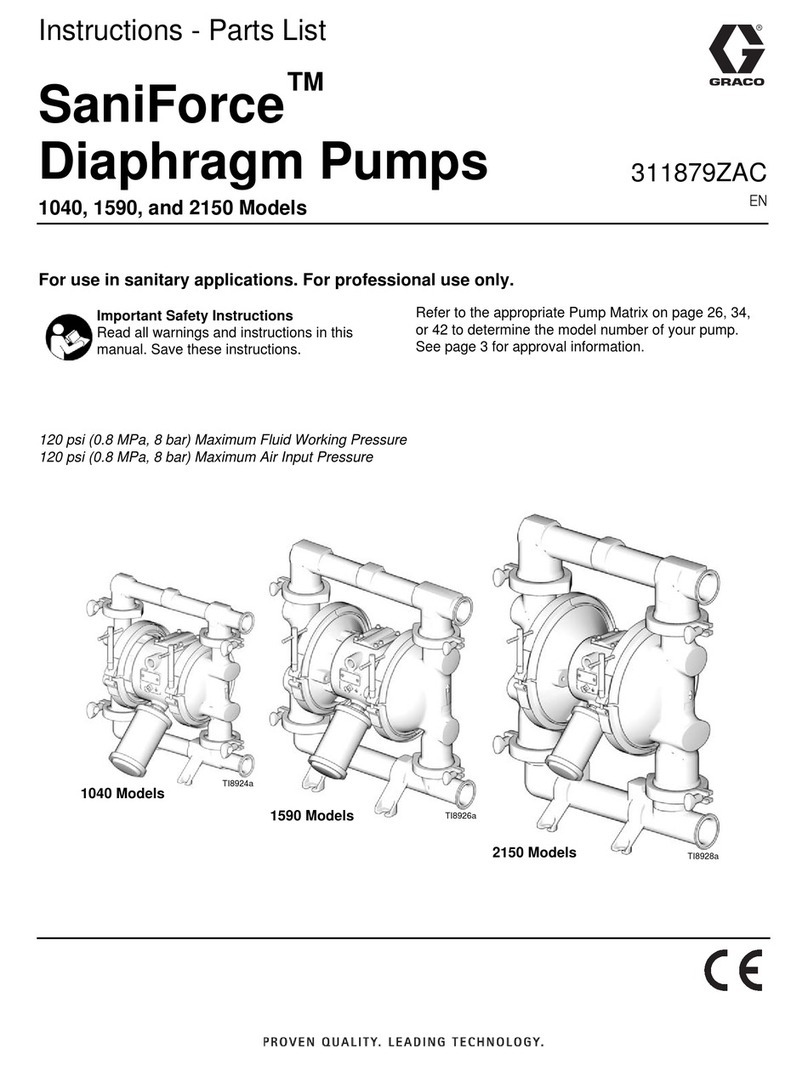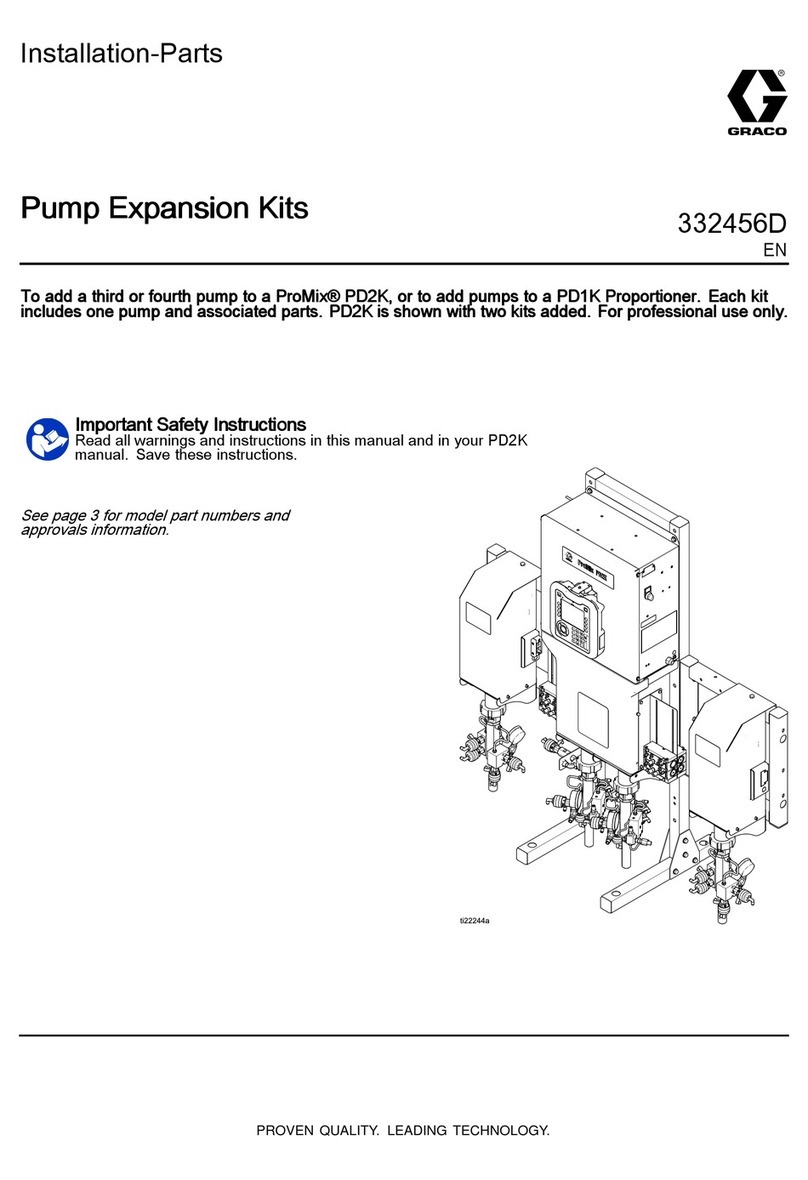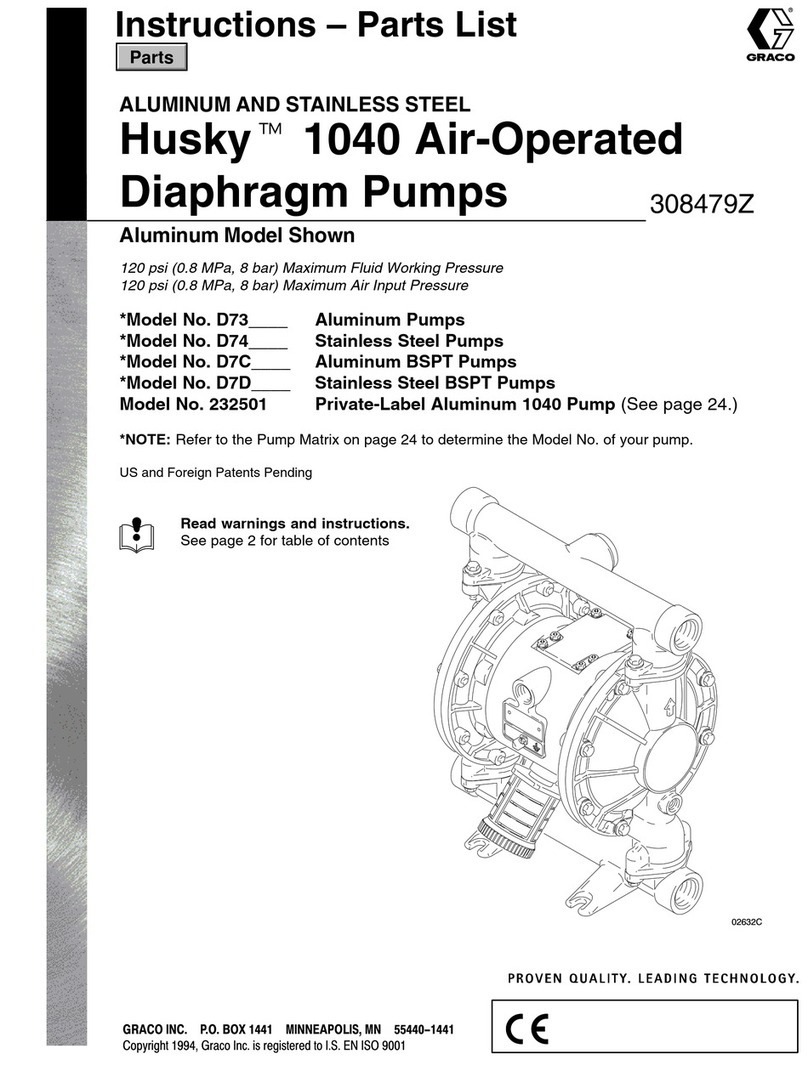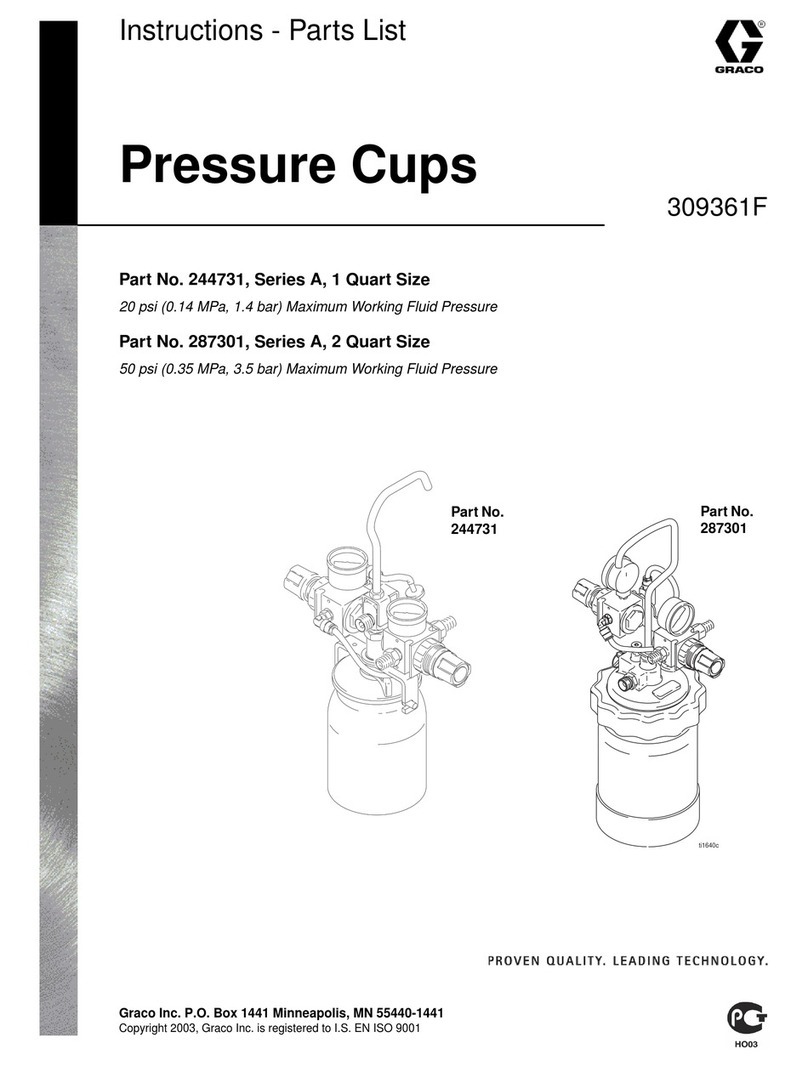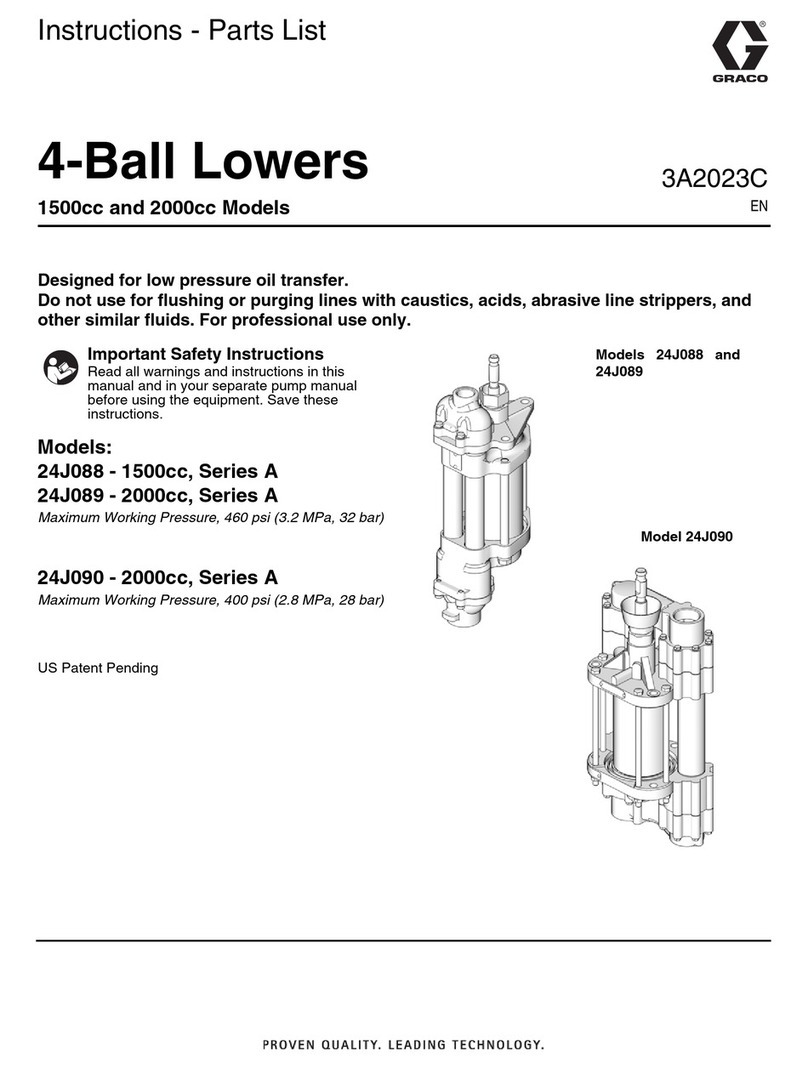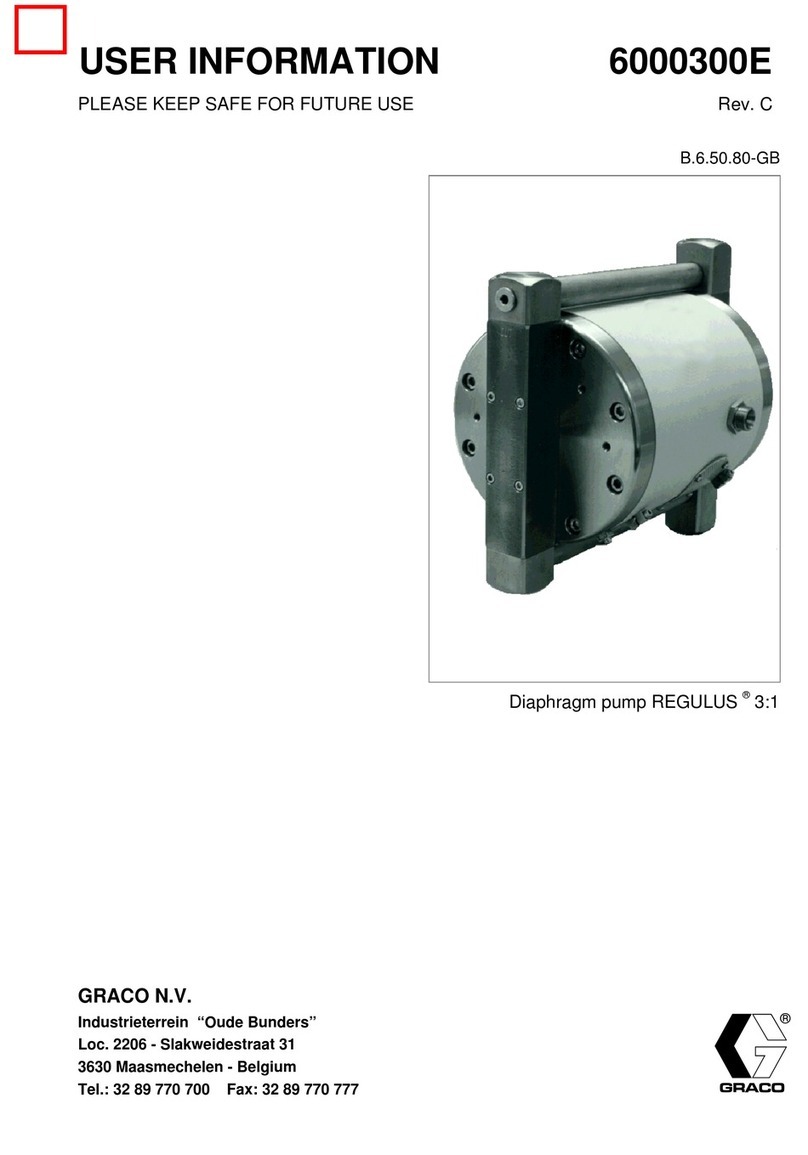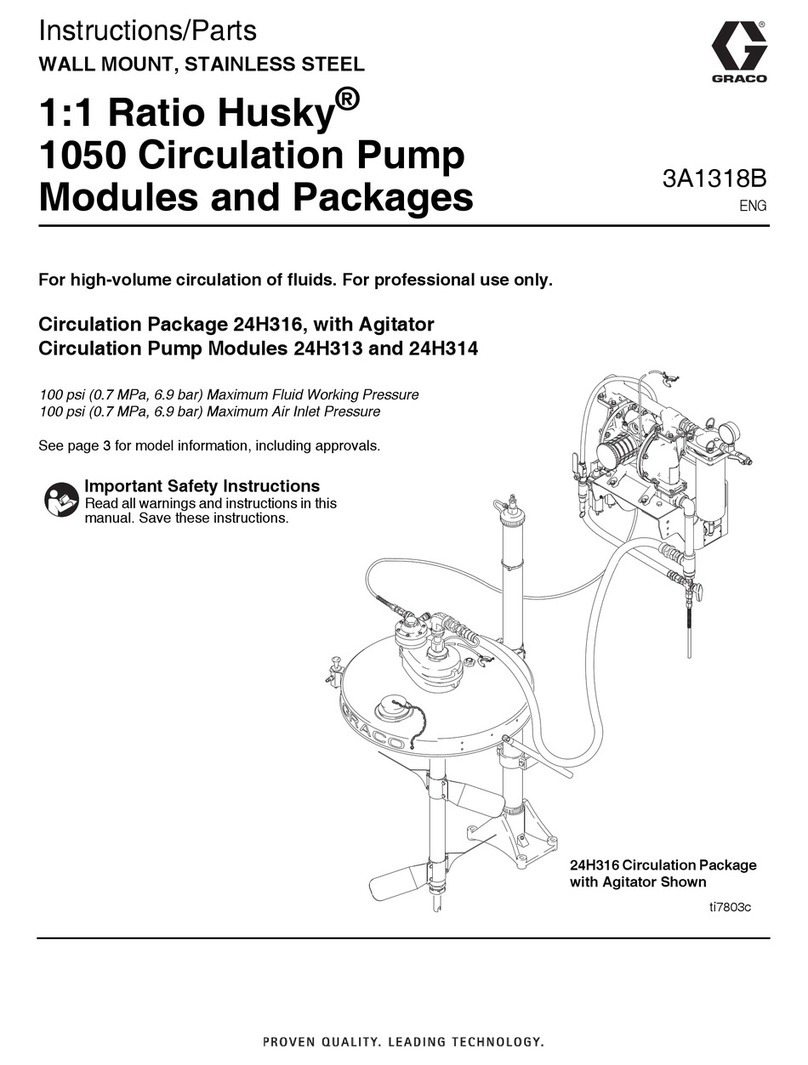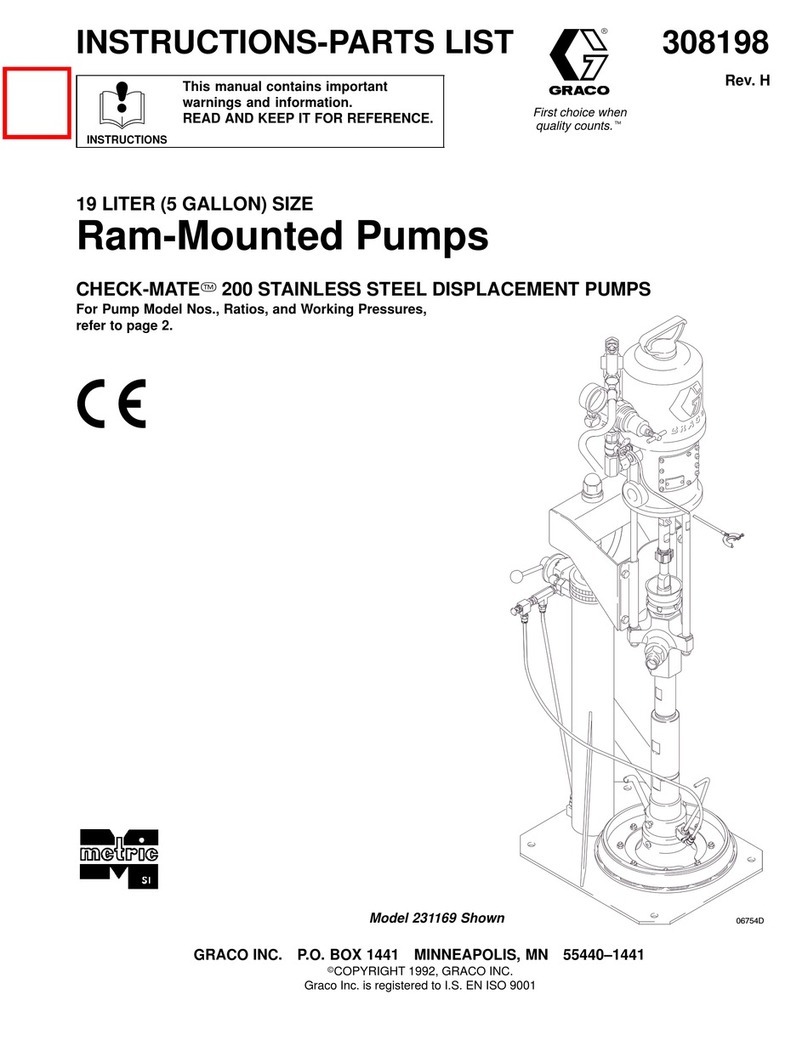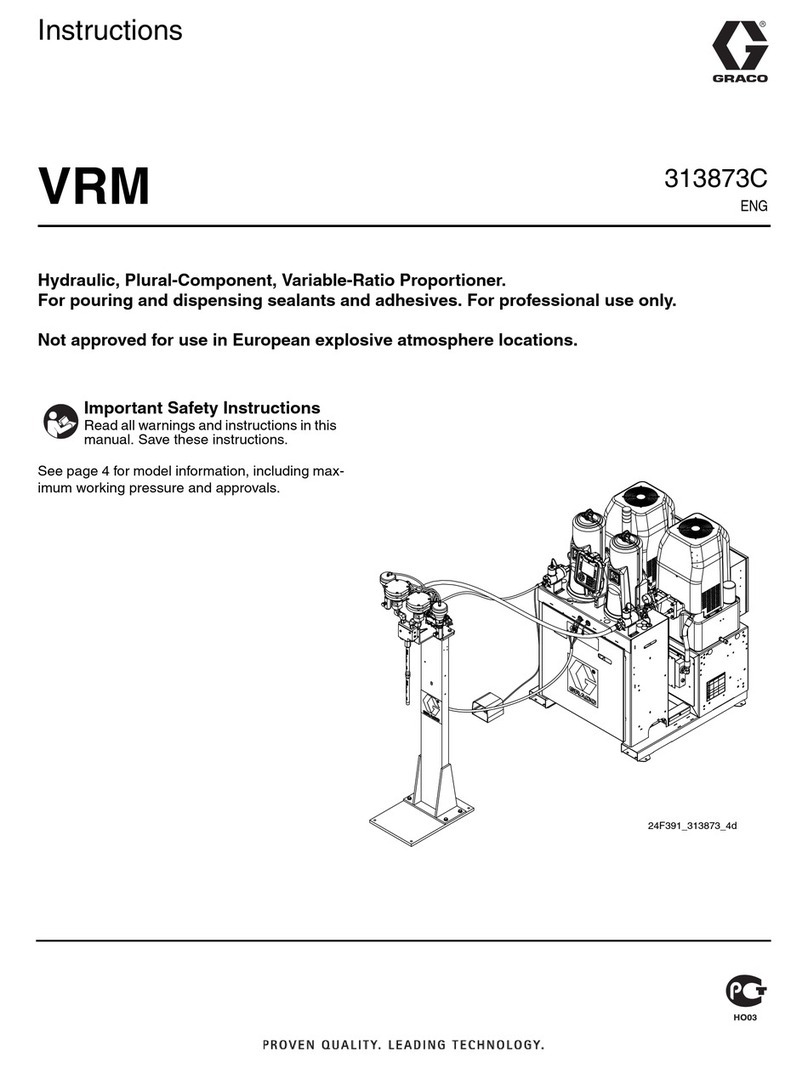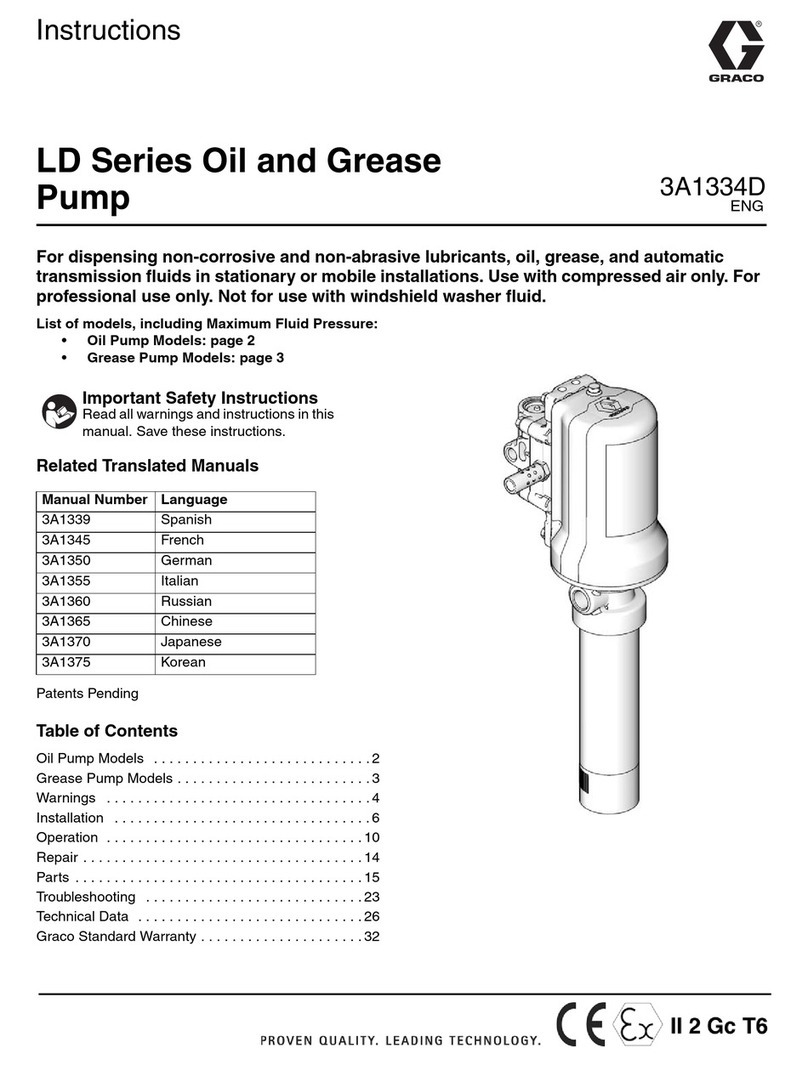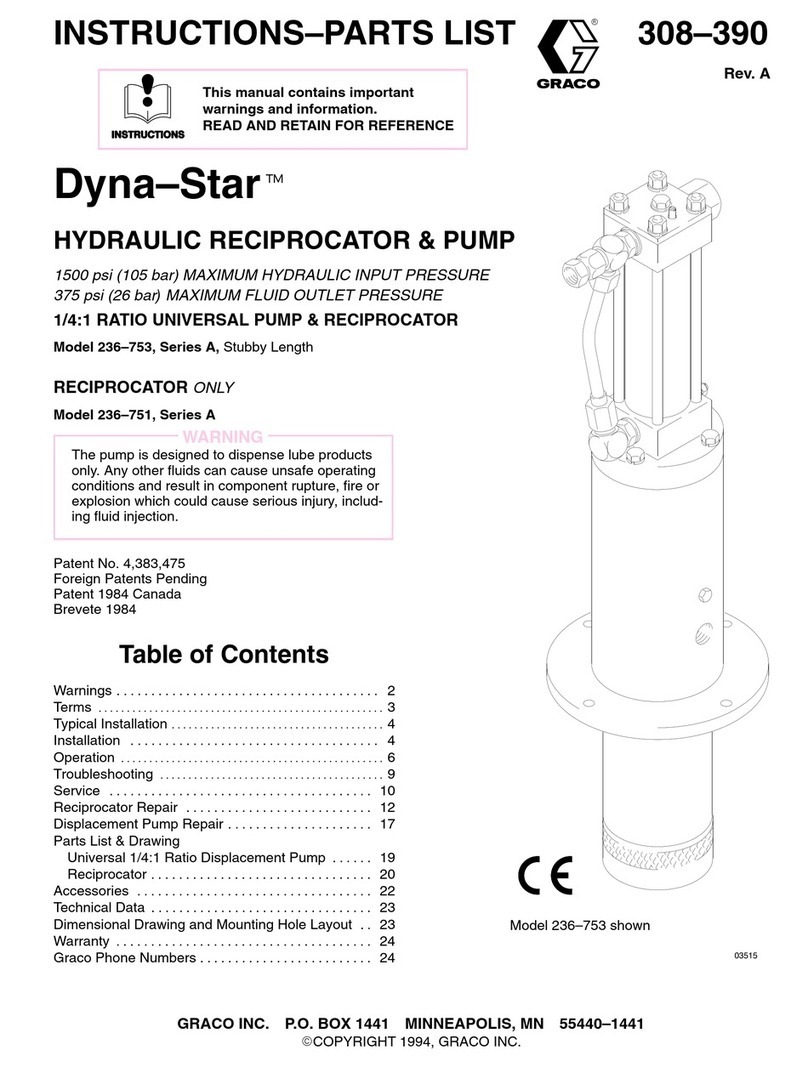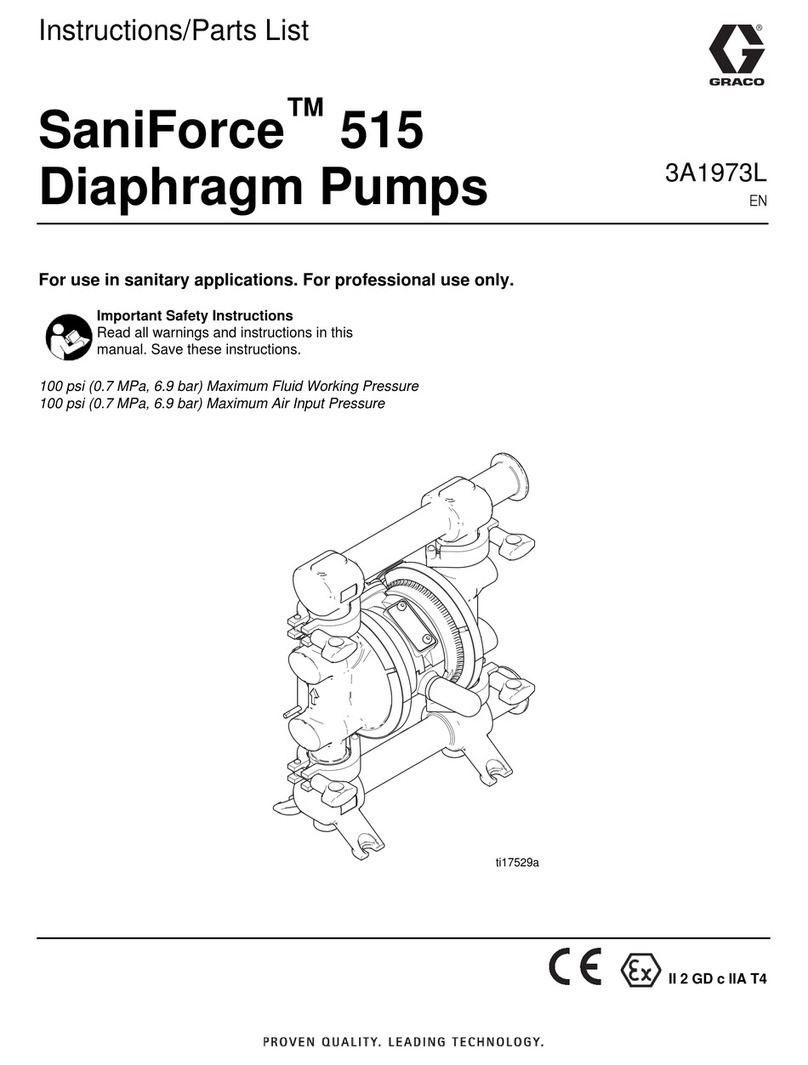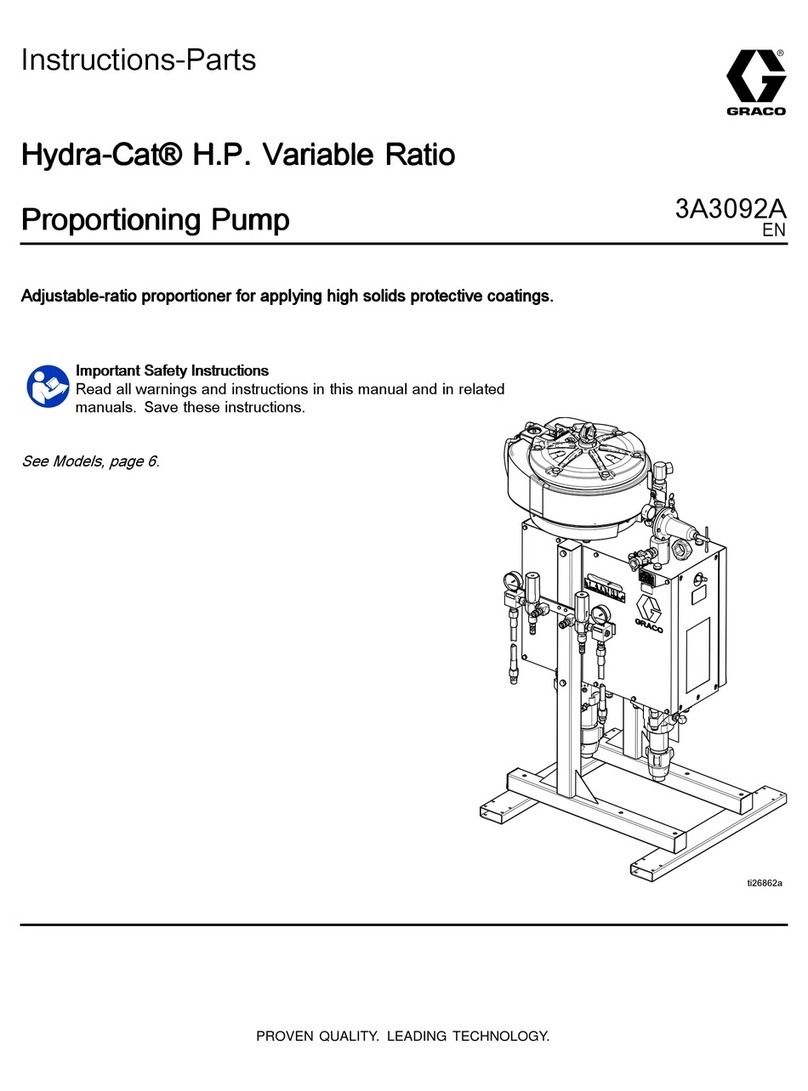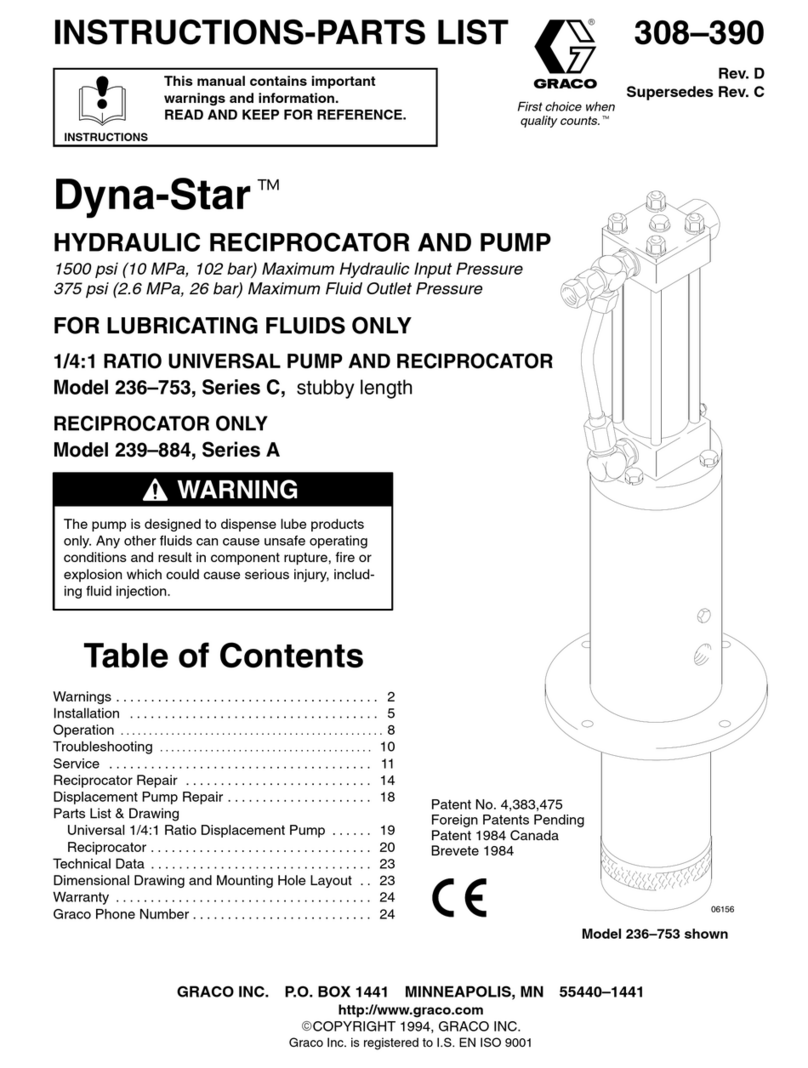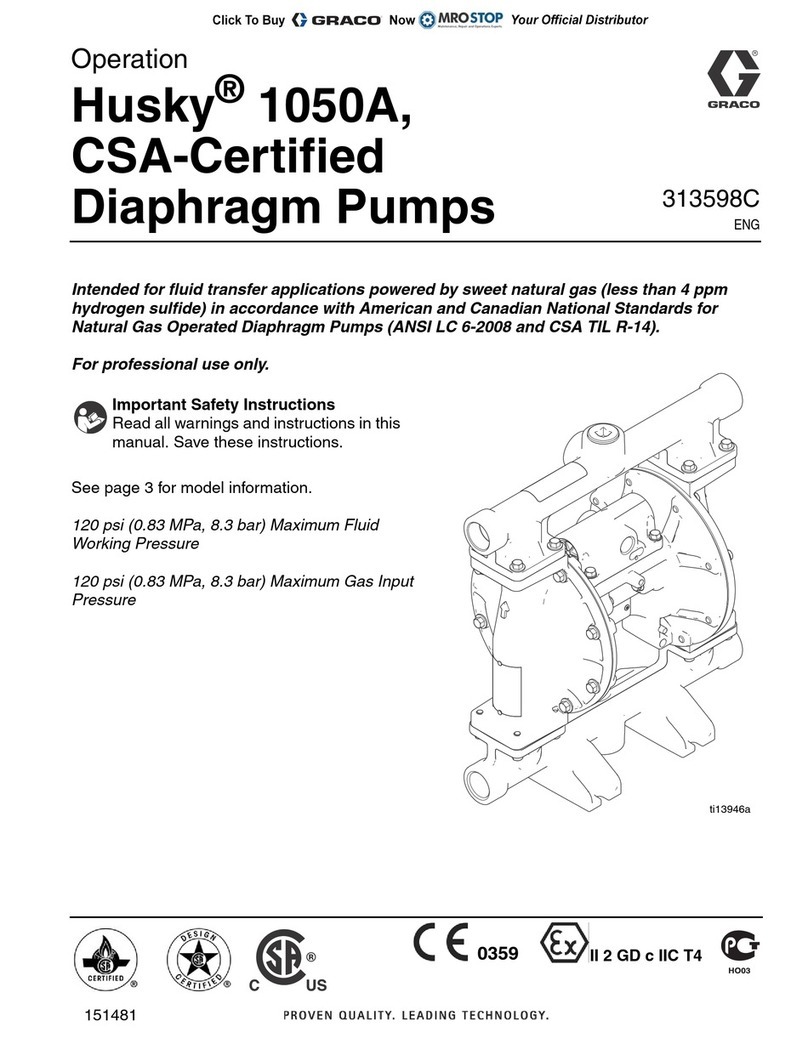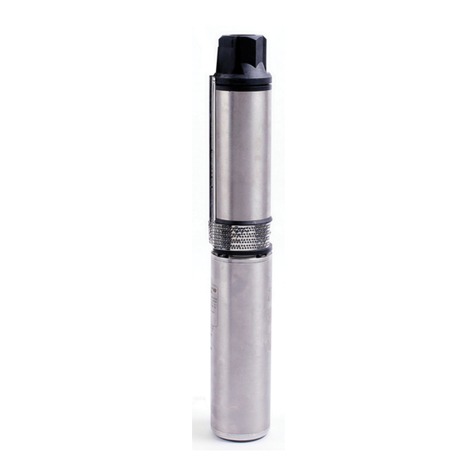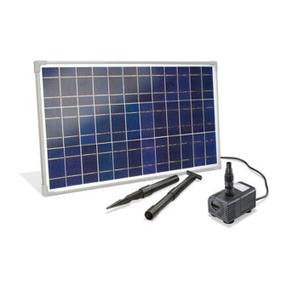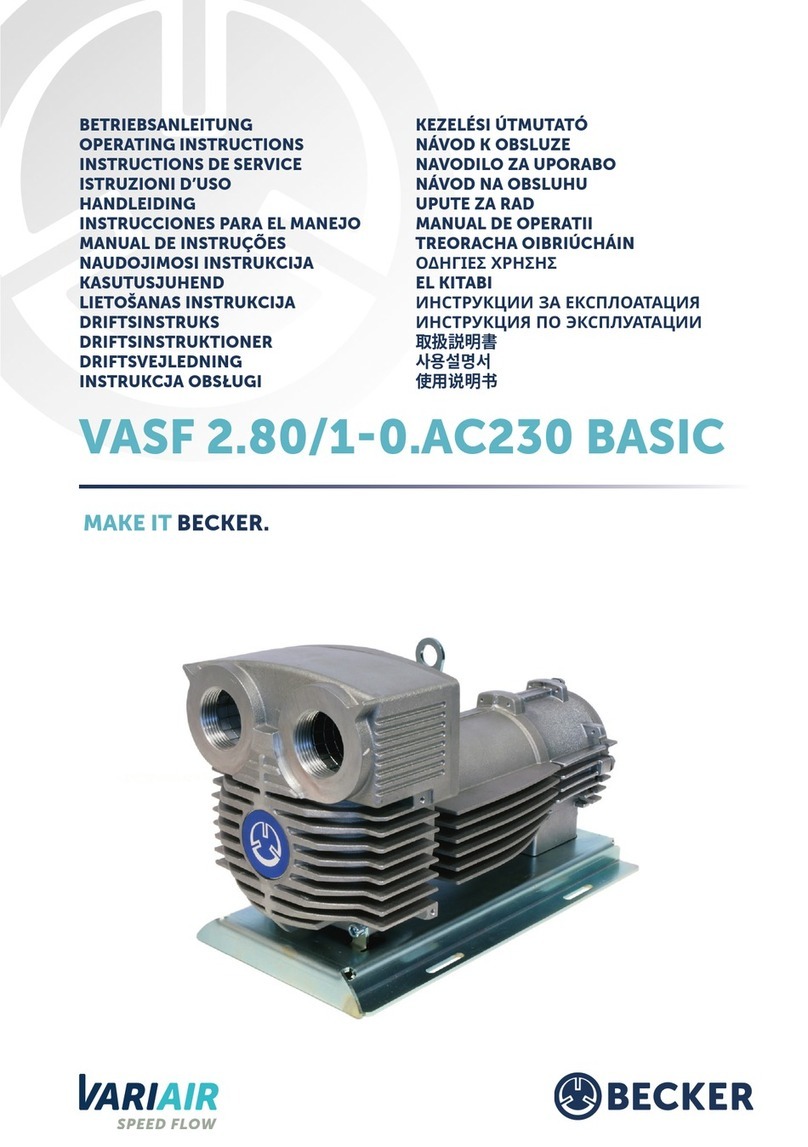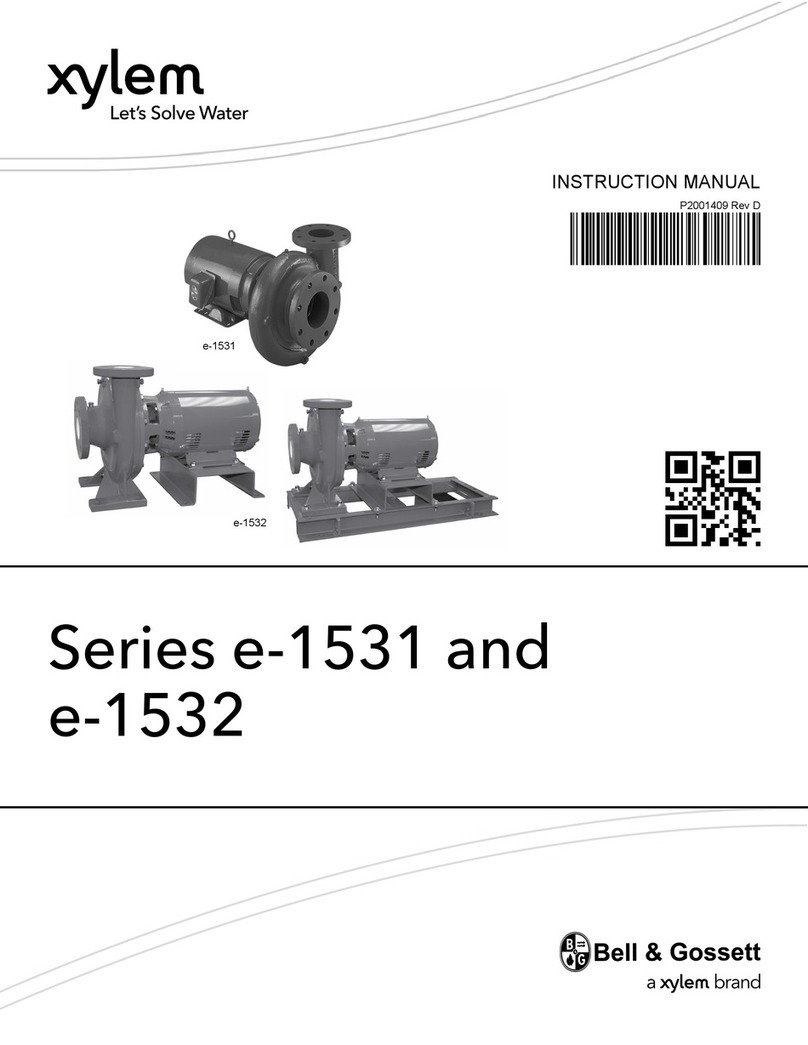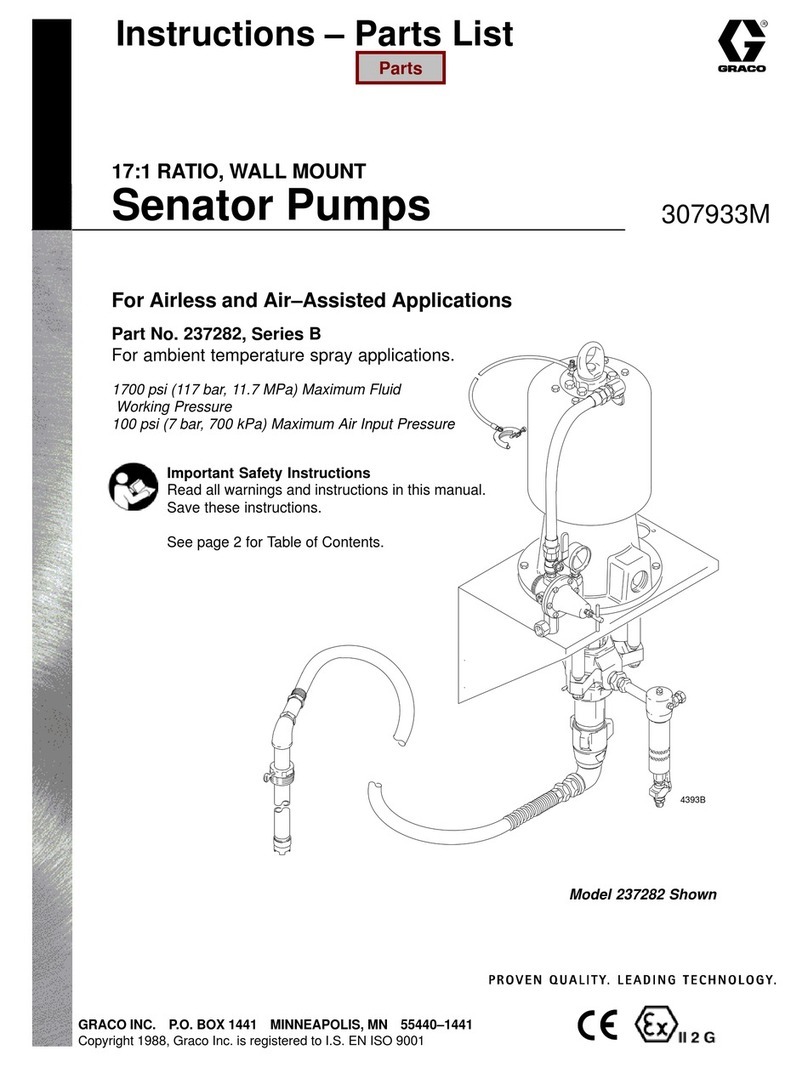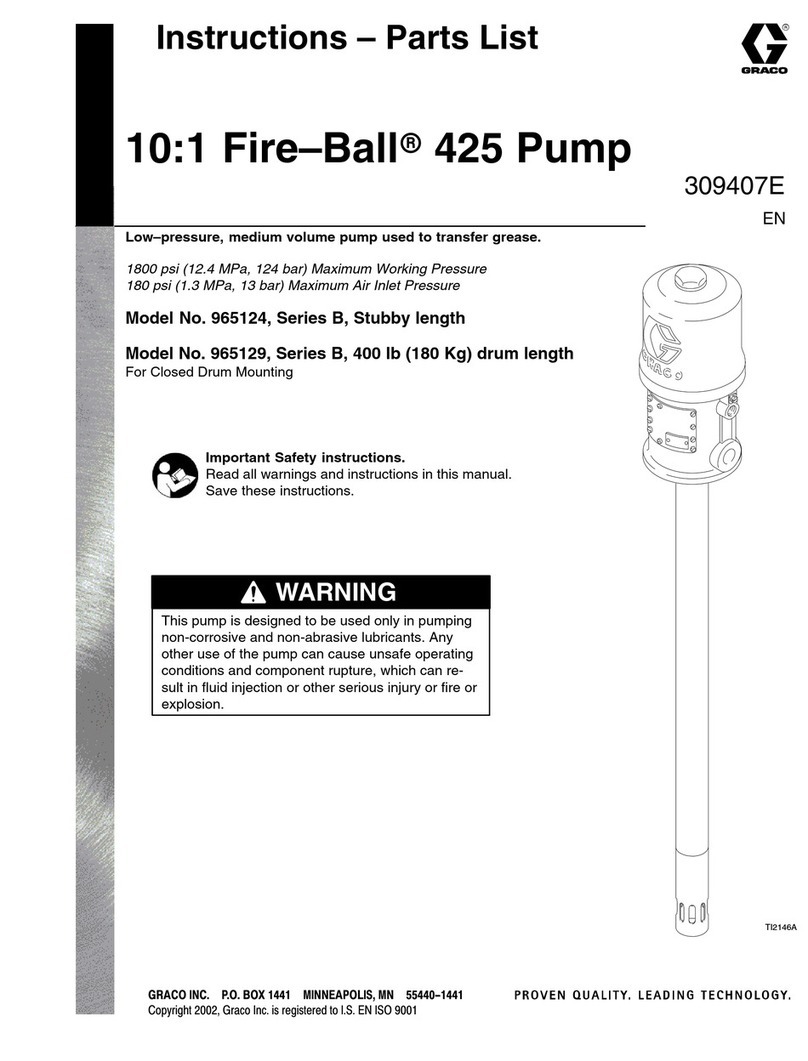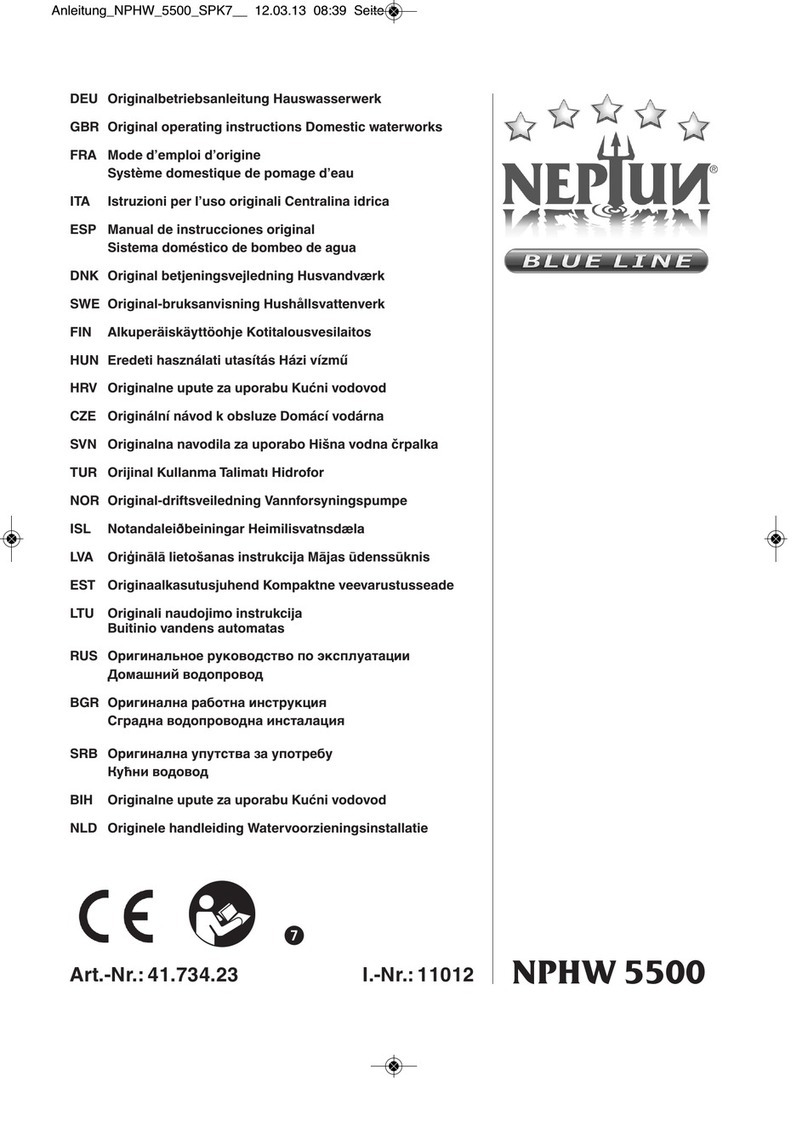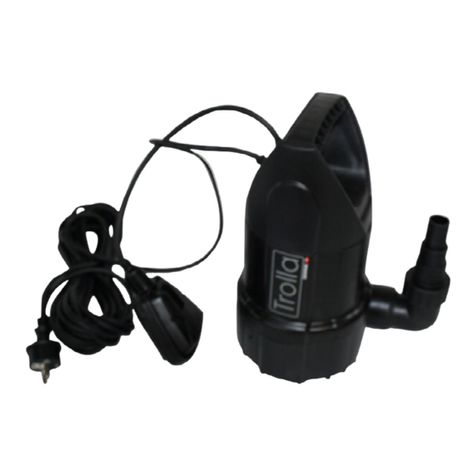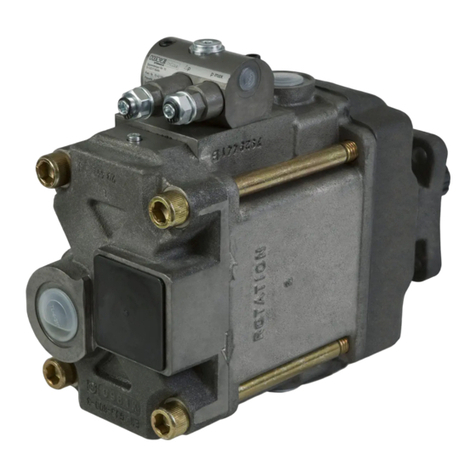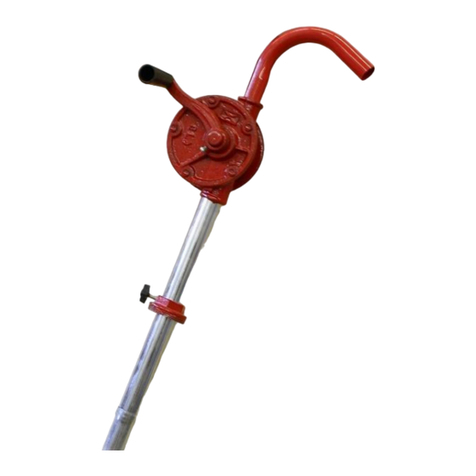
SAFETY
W
ARNINGS
FOR PROFESSIONAL USE ONLY. OBSERVE ALL WARNINGS.
Read and understand all instruction manuals before operating equipment.
EQUIPMENT MISUSE HAZARD
General
Safety
Any
misuse of
the equipment or accessories, such as overpres
-
surizing, modifying parts, using incompatible chemicals and flu
-
ids,
or using worn or damaged parts, can cause them to rupture
and
result in serious bodily injury
,
including eye injury
, fire, ex
-
plosion
or property damage.
NEVER alter or modify any part of this equipment; doing so
could
cause it to malfunction.
CHECK all equipment regularly and repair or replace worn or
damaged
parts immediately
.
Take precautions to avoid a toxic fluid spill. See USING HAZ-
ARDOUS FLUIDS
, below
.
System
Pressure
This
pump develops 100 psi
(7 bar)
MAXIMUM FLUID WORK
-
ING
PRESSURE
at 100 psi (7
bar) maximum incoming air pres
-
sure. Never exceed these maximum pressures, or the maxi-
mum working pressure of the lowest rated component in your
system.
Fluid
Compatibility
BE SURE all fluids and solvents used are chemically compat-
ible with the “Wetted Parts” and “Non–wetted Parts” (refer to
TECHNICAL
DA
TA
on
pages 31–35). Always read the fluid and
solvent manufacturer ’s literature before using them in this
pump.
Diaphragm failure will cause non–wetted parts to be exposed
to fluid. This fluid will be exhausted with the air through the
muffler. When pumping acids, flammable or hazardous fluids,
you must vent
the exhaust to a safe place, away from people,
animals,
or food handling areas. Place a container at the end of
the
air exhaust line to catch the fluid. See Fig 4 on page 5.
To pump acids, always use a polypropylene pump. T ake pre-
cautions
to avoid acid or acid fumes from contacting the pump
housing exterior. The acetal non–wetted parts and stainless
steel parts will be damaged by exposure to acid spills and
fumes.
NEVER use an acetal pump to pump acids.
Pressure
Relief Procedure
To reduce the risk of serious bodily injury, including splashing
fluid
or solvent in
the eyes or on the skin, always shut of
f the air
to
the pump, open the dispensing valve, if used, and open the
drain
valve, to relieve all
system pressure before checking, ad
-
justing,
cleaning, moving, or repairing any part of the system.
USING HAZARDOUS FLUIDS
Improper
handling of hazardous fluids or inhaling toxic
vapors
can cause extremely serious bodily injury, even death, due to
splashing
in the eyes, ingestion, or bodily contamination.
Know
what
fluid you are pumping and its specific hazards. Store
haz
-
ardous
fluid in an appropriate, approved container
. Dispose
of
it according to all Local, State and Federal guidelines for haz-
ardous
fluids. Observe all the following precautions when han
-
dling
known or potentially hazardous fluids.
1. Always
wear appropriate clothing and equipment, such as
eye protection and breathing apparatus, to protect your-
self.
2. Pipe
and dispose of the exhaust air safely
. If the diaphragm
fails,
the fluid is exhausted along with the air
. See Fig 4 on
page
5.
3. Secure the fluid outlet hose tightly into the receiving con-
tainer
to prevent it from coming loose and improperly drain
-
ing
the fluid.
4. Never
move or lift a pump under pressure. If dropped, the
fluid
section may rupture. Always follow the
Pressure
Re
-
lief
Procedure
above before moving or lifting the pump.
FIRE OR EXPLOSION HAZARD
Static
electricity is created by the fluid flowing through the
pump
and
hose. If the equipment is not properly grounded, sparking
may occur, and the system may become hazardous. Sparks
can
ignite fumes from solvents and the fluid being pumped, dust
particles and other flammable substances, whether you are
pumping
indoors
or outdoors, and cause a fire or explosion, se
-
rious
bodily injury
, and property damage.
If you experience any static sparking or even a slight shock
while using this equipment, ST OP DISPENSING IMMEDI-
ATELY.
Do not use the system
again until the cause of the prob
-
lem
is identified and corrected.
Grounding
To reduce the risk of static sparking, ground the pump and all
other
equipment used or located in the pumping area. CHECK
your
local electrical code for detailed grounding instructions for
your area and type of equipment.
GROUND ALL OF THIS
EQUIPMENT.
1.
Pump
:
by connecting a ground wire and clamp (see Fig 1).
2.
Air
and Fluid hoses
: use only grounded hoses with a maxi
-
mum of 500 ft. (150 m)
combined hose length to ensure
grounding continuity
.
3.
Air compressor
: according to manufacturer ’s recommen-
dations.
4.
All solvent pails used when flushing
, according to local
code. Use only metal pails, which are conductive. Do not
place
the pail on a non–conductive surface,
such as paper
or
cardboard, which interrupts the grounding continuity
.
5.
Fluid supply container:
according to local code.
Fig 1
To ground the pump: secure a ground wire (W) to the
grounding
strip (45), using a screw (55), lockwashers (56)
and nut (57). See Fig 1. Connect the clamp end of the
ground
wire to a true earth
ground. Refer to the Accesso
-
ries
section to order a ground wire and clamp.
57
56
45
56
55
W
IMPORTANT
United
States Government safety standards have been adopted under the Occupational Safety and
Health Act. These standards –
particularly
the General Standards, Part 1910, and the Construction Standards, Part 1926 – should be consulted.
